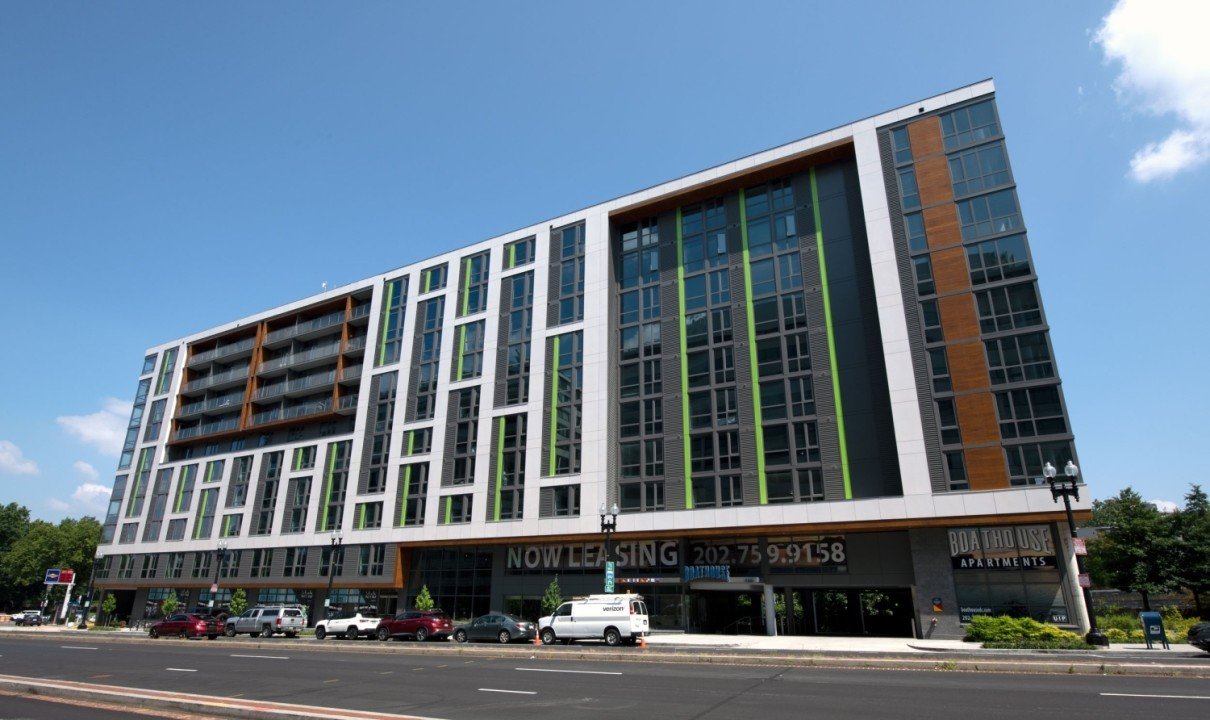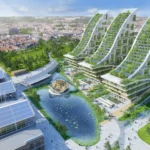Mixed-use developments: Integrating functions in architecture
Mixed-use developments are architectural projects that combine multiple functions—such as residential, commercial, retail, and cultural spaces—within a single building or complex. This approach not only optimizes land use but also fosters dynamic communities and sustainable urban environments. Here’s an in-depth look at the benefits, design principles, and examples of mixed-use developments:
1. Benefits of Mixed-Use Developments
Urban Sustainability:
- Reduced Carbon Footprint: Minimizing commuting distances and promoting walkability and public transit use.
- Economic Viability: Supporting local businesses and creating employment opportunities within the community.
2. Integration of Functions
Complementary Uses:
- Residential Spaces: Providing housing options that cater to diverse demographics, from apartments to townhouses and condominiums.
- Commercial and Retail: Integrating shops, restaurants, and offices to create lively street-level activity and enhance neighborhood amenities.
- Cultural and Entertainment: Incorporating theaters, galleries, and public spaces for community events and cultural activities.
3. Design Principles
Mixed-Use Zoning:
- Zoning Regulations: Adhering to urban planning guidelines that encourage diverse land uses and mitigate potential conflicts between different functions.
- Vertical Integration: Designing buildings with mixed-use floors or integrating different functions within a single building footprint.

4. Community Engagement and Connectivity
Public Spaces:
- Plazas and Parks: Creating communal gathering spaces that promote social interaction and recreational activities.
- Pedestrian-Friendly Design: Emphasizing walkable streetscapes, bike lanes, and green infrastructure to enhance mobility and connectivity.
5. Sustainability and Green Building Practices
Environmental Stewardship:
- Energy Efficiency: Implementing sustainable building technologies such as green roofs, solar panels, and energy-efficient HVAC systems.
- Waste Reduction: Designing for waste management and recycling facilities to minimize environmental impact and promote resource conservation.
6. Case Studies and Examples
Exemplary Projects:
- The Wharf, Washington D.C.: A waterfront development featuring residential units, hotels, retail shops, and cultural venues that revitalized the city’s waterfront district.
- Chelsea Market, New York City: A historic food hall and retail space within a former Nabisco factory that blends commercial and cultural functions while preserving architectural heritage.
7. Economic and Social Impacts
Urban Revitalization:
- Mixed-Income Housing: Providing affordable housing options alongside market-rate residences to promote socio-economic diversity.
- Job Creation: Stimulating local economies through increased foot traffic, tourism, and business opportunities.
8. Future Trends and Innovations
Adaptive Reuse:
- Repurposing Existing Structures: Transforming old industrial buildings or warehouses into mixed-use developments to preserve architectural heritage and promote sustainable urban renewal.
- Smart Cities Integration: Embracing digital technologies and smart infrastructure to enhance efficiency, safety, and quality of life for residents and visitors.
Conclusion
Mixed-use developments represent a holistic approach to urban planning and architecture, integrating diverse functions to create vibrant, sustainable communities. By balancing residential, commercial, and cultural elements within a cohesive framework, architects and urban planners can foster inclusive, resilient cities that prioritize human well-being, economic prosperity, and environmental stewardship. As cities continue to grow and evolve, mixed-use developments offer a model for creating dynamic urban environments where people can live, work, and thrive in harmony with their surroundings.



